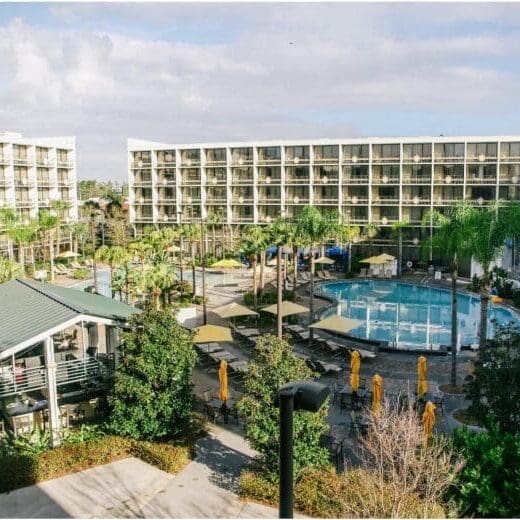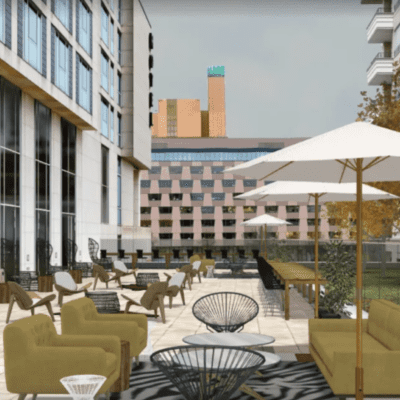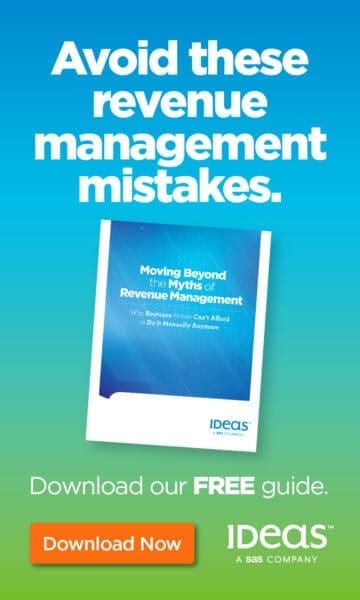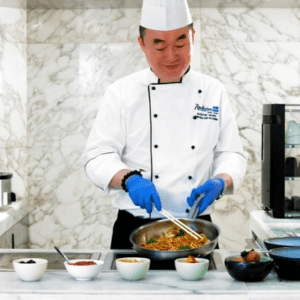
Author and travel writer Paul Theroux had a very simple way of describing people who travel. He divided them into tourist and traveller, saying, “Tourists don’t know where they’ve been, travellers don’t know where they’re going.”
Of course, he said this, way before social media turned travel into a mass team sport. But I do wonder what the scribe, who by the way has just published a new book “Burma Sahib”, would think of the many jargons we in the travel industry have come up with in recent years to describe all the different types of people who travel.
A recent article, titled “Travel Jargon Explained: A Guide to Common Travel Trends and Terms”, lists 33 industry jargons to describe the 1.3 billion of us who travelled in 2023 – the number is according to Statista.
One of the most common terms is “bleisure” which, if I am honest, I have been doing all my life. Imagine how dreadfully dull life would be if it was all business when one goes abroad. My best travel experiences have been around business and events – if I am honest (again), business and events are merely an excuse for me to go on holiday. I mean, why do you think Web in Travel launched in Africa?
And I’d bet that even the most conscientious, hardworking business executives must have lots of pleasurable moments on their trips – in which case, we could add a new term, “b-pleasure”.
Another term in the list is “coolcation”, which means “jetting off to a cold place to try and fight off the extreme heat of the moment. Thanks to climate change, we might be seeing more of these in the future, too”, the article says.
I’d argue that the original “coolcationers” were the colonialists who, after setting themselves up as new rulers in the tropics, sought out elevated zones to escape the tropical heat of the lowlands. Think Penang Hill and Cameron Highlands in Malaya or Maymyo, now known as Pyin Oo Lwin, in Burma; or Nuwara Eliya in Sri Lanka – the original “coolcation” destinations.
Speaking of colonial days, I stepped into the Penang Club for the first time today – what have I been waiting for? Founded in 1868, this club is among a string of similar institutions around the world, set up by the British, during the glory days of Empire.
It was like stepping back in time, when I could imagine sahibs and mensahibs sipping their gin by the sea. I saw a few Caucasian faces, no doubt, long-time residents of Penang and their friends, and indeed, I am told there’s a group of people who travel the world to visit clubs such as this.
Might one call this “colonoism”? Or is that another kind of tourism related to wellness, well-known in places such as Samui?
Back to the present – a Penang hotelier friend of mine told me that lately, he’s been getting a new kind of Chinese guest. In fact, during the recent Lunar New Year, almost 30% of his guests came from this tribe. They are all influenced by the Chinese social media phenomenon, “Little Red Book”, and they only stay one night in one place, and move on like grasshoppers to the next patch. This is so they can notch up as many hotels as possible in their posts so their friends will exclaim, “My, how many hotels did you stay in?”
I’d call this “Little-Red-Bookism”, unless you can think of a better term?
The countertrend to this is “slow tourism” – “having a deeper and more meaningful approach to local culture, people, and traditions that aims at respecting, appreciating, and preserving the locality”. These slow travellers must be the ones responsible for the longer stays that sites like Airbnb and Booking.com are seeing.
I’ve met many of these slow travellers on my travails round the world and the one thing they have in common is they are very relaxed and laidback people, and they always look like they’ve had good sleep – which would lead to the other jargon of “sleep tourism” or “sleepcation”. You start slow, then you move on to sleep.
Anyway, this same week, the BBC reported that “Instagram fans were ruining special places”. It quoted a Welsh caver Anthony Taylor who said that after a YouTube video of old cars dumped in the Gwynedd quarry had more than six million views, an influx of social media photo seekers inundated the place and left so much rubbish and graffiti behind that it’s totally ruined the whole historic site.
“When you get to the end, it was just a sea of boats, inflatable dinghies everywhere,” he said. “It’s just disgusting, really sad and disheartening.”
There’s no couching this – this is “rubbish tourism”, and we don’t wish to have it anywhere, be in the caves of Wales or the temples of Bali.
Have a great trip wherever you are going, I am sure there’s a term for it in my newly compiled book of travel industry jargon.































